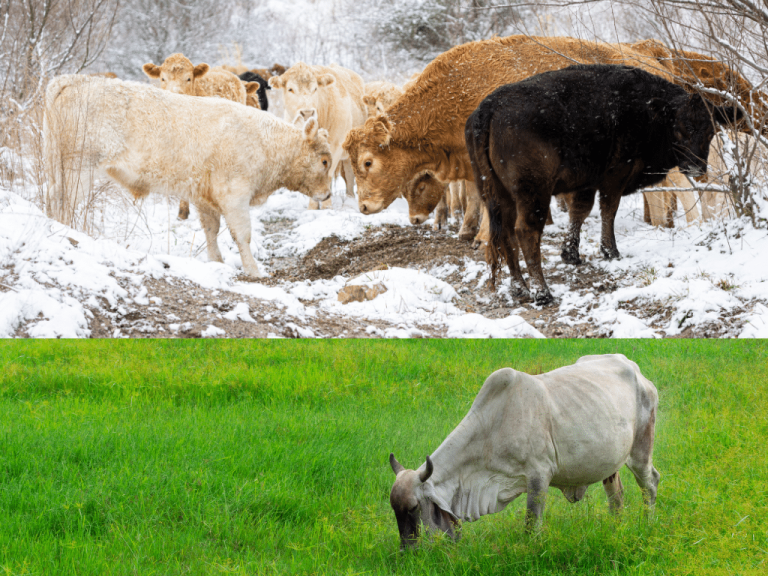People who have been to the Northeast often excitedly praise, “The fish here is really delicious!”
Whether fish is tasty or not certainly depends on the chef’s cooking skills, but “a clever housewife cannot cook without rice,” so the quality of the fish itself is a fundamental issue.
Research has shown that the quality of fish in the Northeast is generally superior, and the key issue is not in cooking skills.
For example, crucian carp, which can be seen everywhere and is commonly eaten: crucian carp from North China is plumper than that from South China, while crucian carp from the Northeast tastes even better than that from North China.
If you walk into the kitchen, you will see that crucian carp from the Northeast have especially small heads, thick bodies, short fins, and darker body colors. Cutting them open reveals more: their body wall muscle layers are exceptionally thick, the muscles are elastic, and the flesh is somewhat reddish. Compared to crucian carp from other regions, they indeed have a unique appearance!
As for the cold-water fish species from the Heilongjiang, Songhua, and Ussuri river systems, such as salmon, sturgeon, and pike, they are nationally renowned. Their common advantages include thick flesh, fine texture, fragrant flavor, fat content, lack of fishy smell, few bones, and quick cooking. Not only are the famous fish excellent, but the general fish are also good; not only are the river fish fat, but the lake fish are not thin either.
So, is this a matter of breed? Not entirely. This phenomenon is not limited to fish but is also observed in higher warm-blooded animals. For example, livestock in the Northeast are easier to fatten than those in other regions. Chickens raised in the Northeast have more flavorful meat compared to those in South China. Similarly, the sheep from the Northwest, cattle from Inner Mongolia, and pigs from the Northeast are all famous in China for their plumpness. Even though they are the same species, animals raised in cold regions tend to fatten easily, while those managed in hot regions tend to be thinner. This pattern can be seen even in humans, who tend to appear plumper in winter and thinner in summer. Therefore, this is not a breed issue but a rule of physiological adaptation.
“Body temperature” is a basic condition for animal metabolism, and both too high and too low temperatures can directly affect normal metabolism, possibly leading to illness or death. Animals maintain their body temperature primarily by using fat. Thus, animals in cold regions have more fat, while those in hot regions have less. Fat is the main reason for the plumpness of meat. We all know that the only downside to chicken meat is that it is tender but not fatty.
The Northeast is also the northernmost region of China, with very cold winters. Facing the sea to the southeast, the summer is also particularly cool; the northernmost areas do not even experience what is typically considered summer. Additionally, the east and south winds bring a lot of moisture, making the Northeast a region that is not dry, with rainy summers and snowy winters. The area south of Heilongjiang is filled with lakes and rivers, essentially forming a vast swampy area. The nationally famous “Great Northern Wilderness” is just a small part of this region.
Because the Northeast has harsh winters and cool summers, all fish are submerged in cold water year-round. As they adapt to ensure their body temperature, they naturally accumulate more fat. Their subcutaneous fat layer is very thin, with most of the fat distributed within the muscles. Therefore, their body wall muscles appear particularly thick, making them taste exceptionally plump and delicious.

